The fascinating Art Nouveau style
Bob Miller examines the Art Nouveau style, which is often marked by sumptuous and conspicuous use of material matched to a hugely laborious process.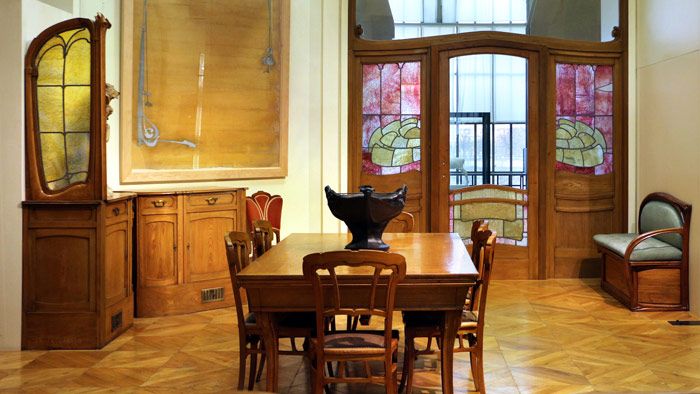
The Art Nouveau style has always fascinated me, and as I learned more about it I was even more enamored with it. Taking a step back, I was a historian in my previous life, and I guess I still think like one from time to time. In that vein I have developed the theory that the Nouveau style might be the apex of skill in western furniture making. Not the apex of style or design mind you, but cultivated, learned, and refined skill in its purest form. The economics of the pre Great-War era were such that labor was still quite cheap and material had become quite cheap through the rise of industrialization and the spread of ocean shipping and rail cargo before 1914, so the styles of the time reflect that. Nouveau is often marked by sumptuous and conspicuous use of material matched to a hugely laborious process.
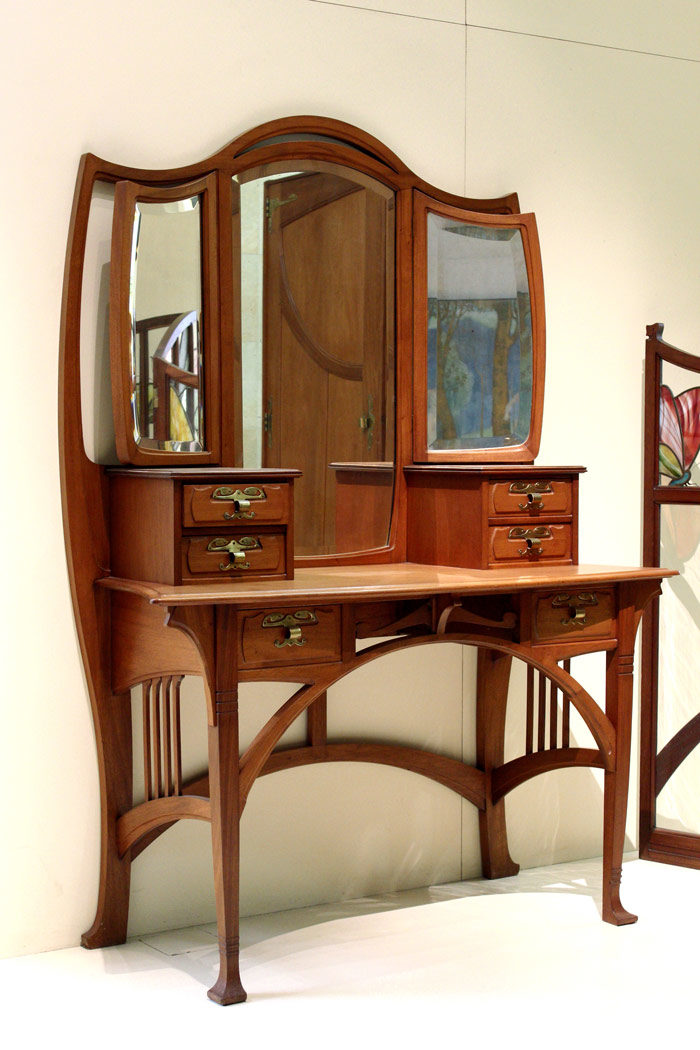
By the beginning of the Nouveau period between 1890 and 1910, woodworking machinery had developed to a point that all of us would recognize a woodworking shop and be mostly at home around the machinery. Certainly guarding and safety has come along way, but the roots of our modern shops are clearly formed by the Nouveau period.

So I submit that the confluence of a pre-industrial apprentice system and the emergence of modern woodworking machinery came together to create an era of unparalleled skill, quality, exploration, and artistry that we have not seen before or since.
-Bob Miller is a custom furniture maker and woodworker based in the Charlestown neighborhood of Boston. In addition to his own line of work, Bob manages The Charlestown Furniture Makers, which is an 18-tenant co-op, solar-powered woodshop located in the Sullivan square area of Charlestown.
Bob also teaches for the continuing education department of North Bennet Street School, primarily teaching Bowl Turning and The Fundamentals of Fine Woodworking.
 |
|
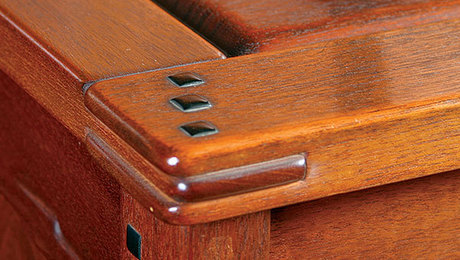 |
|
 |
|


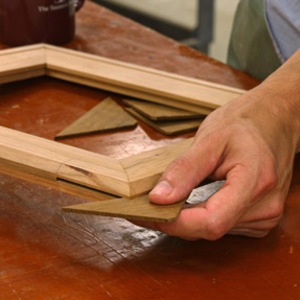
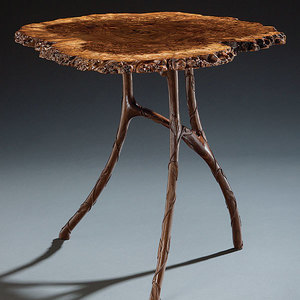
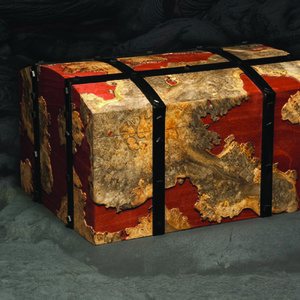












Comments
Get Bob on FWW Live at least once. He's a dynamic character, a skilled craftsman, top notch instructor, and of course a wealth of information.
As Bob alluded to in the article, the hand skills and wood tech understanding fostered by the young apprentice system has by default fallen away due to modern regulations, socioeconomic pressures, and new technology--largely for the better in all ways except the craft itself. In fact, virtually every old world skill has travelled the same road, including calligraphy and weaving, hunting and trapping, stone work and stained glass.
I don't lament the loss of individual skill so long as a crafts' secrets and works are preserved for future generations to appreciate and study again, if they so choose. The problem is how. NBSS and a few other trade schools do their part. It's all the more important for more FWW to continue to highlight woodworking's historical masters so that we can see how they tackled particular design conundrums to achieve their effect.
No one's advocating going back to turn-of-the-century styles, but there are centuries (millennia!) more styles in woodworking than Arts & Crafts and Danish Modern, which have dominated the pages of FWW for the past several years.
If there is a compelling argument for branching out as a magazine, please read Bob's article again. The old masters have much to teach us.
I agree with Dustin, this genre of furniture and style is under-represented just about everywhere I look. Arts and Crafts are easier for the amateur to make, but at some point they don’t test and expand your skill set like other styles can. There is a lot of skill required for Shaker furniture to make it look good, and G&G as well, all of which I’ve built and respect. But there is more out there, and always s much more to learn.
I'll third: it would be wonderful for FWW to come out with a series of articles or videos on getting started in Art Nouveau furniture. I've been wanting to do it for years, but except for an FWW article back in the early '90s, haven't seen a single 'how-to' article on the topic. I, for one, would be very interested in tackling an Art Nouveau piece. Thanks in advance.
Log in or create an account to post a comment.
Sign up Log in